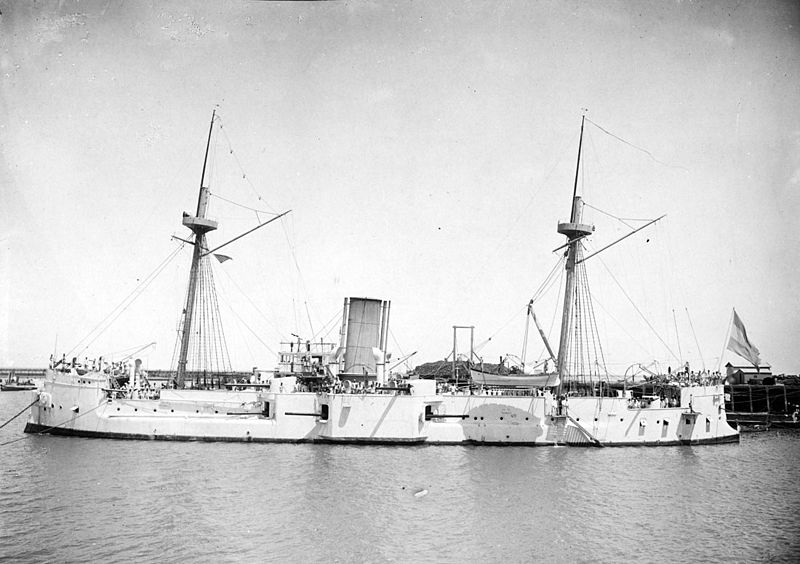In 1955 a fight between two dock labourers ended in one of them dead, but the jury accepted the plea that the accused acted in self defence and acquitted him of manslaughter.
At 4.10pm on Wednesday 20th July an unconscious man was found amongst stacks of timber that had been unloaded from a freighter at East Harrington Dock. The man was 41 year old William Clegg Dean, a dock night watchman who lived in a lodging house at 6 Great George Square.
Dean was a 41 year old labourer who lived in Great George Square. He was taken to the Royal Southern Hospital where he died the following day from a fractured skull, having never regained consciousness. A murder investigation begun when police received a phone call that evening saying "If you think you are smart, investigate the murder of William Clegg Dean". At that time, few people could have been aware of the cause of death.
Hundreds of dockers were interviewed as police pieced together Dean's movements in the 24 hours previous to him being found. It was established that he had not spent the night at his lodgings, but did call in at 9.30am to collect his army pension book. Police believed he may have been attacked somewhere on Sefton Street or the Dock Road and then walked to where he was found, or been dumped there by his attacker.
There was a breakthrough on the morning of 22nd July when Gerard Digney, a 24 year old labourer, handed himself in at Essex Street police station. He told officers he had only pushed Dean and meant no serious harm. However he was charged with murder due to the gravity of the injuries, with Digney responding "I do not understand it". The following morning he appeared before magistrates who remanded into custody at Walton gaol. In the public benches at the court was his girlfriend, who he was due to marry the following Saturday.
On 29th July, the day before he should have been getting married, Digney was remanded in custody again. Prosecutors told he court that the fractured skull could not have been caused by the impact of Dean falling to the ground and that Digney's statement could not have been correct.
Digney was back at the Magistrates' Court on 4th August for a committal hearing. It was heard that Dean, Digney and a third man, Thomas McDonnell, had all been working at Harrington Dock unloading timber, drinking whilst they did so. McDonnell said that Digney had made some derogatory remarks about Dean's decision to drink cheap wine, described by prosecutors as "plonk". A scuffle broke out during which Digney pushed Dean away and punched him on the jaw, causing him to fall. Digney then went to the canteen while McDonnell kept an eye on Dean, who appeared to simply be too drunk to get back up. After an hour he was moved to where he was eventually found and an ambulance called.
After hearing all the evidence, the examining magistrate Mr Gordon ruled that there was insufficient evidence to charge with murder and reduced it to manslaughter. Digney indicated that he would plead not guilty to manslaughter but was allowed bail on two sureties of £25 each. On 3rd November Digney appeared before the Liverpool Assizes. McDonnell again testified, stating that Digney was under threat and had nowhere to turn, so throwing a punch was his only way out. This was accepted by the jury who found him not guilty.















